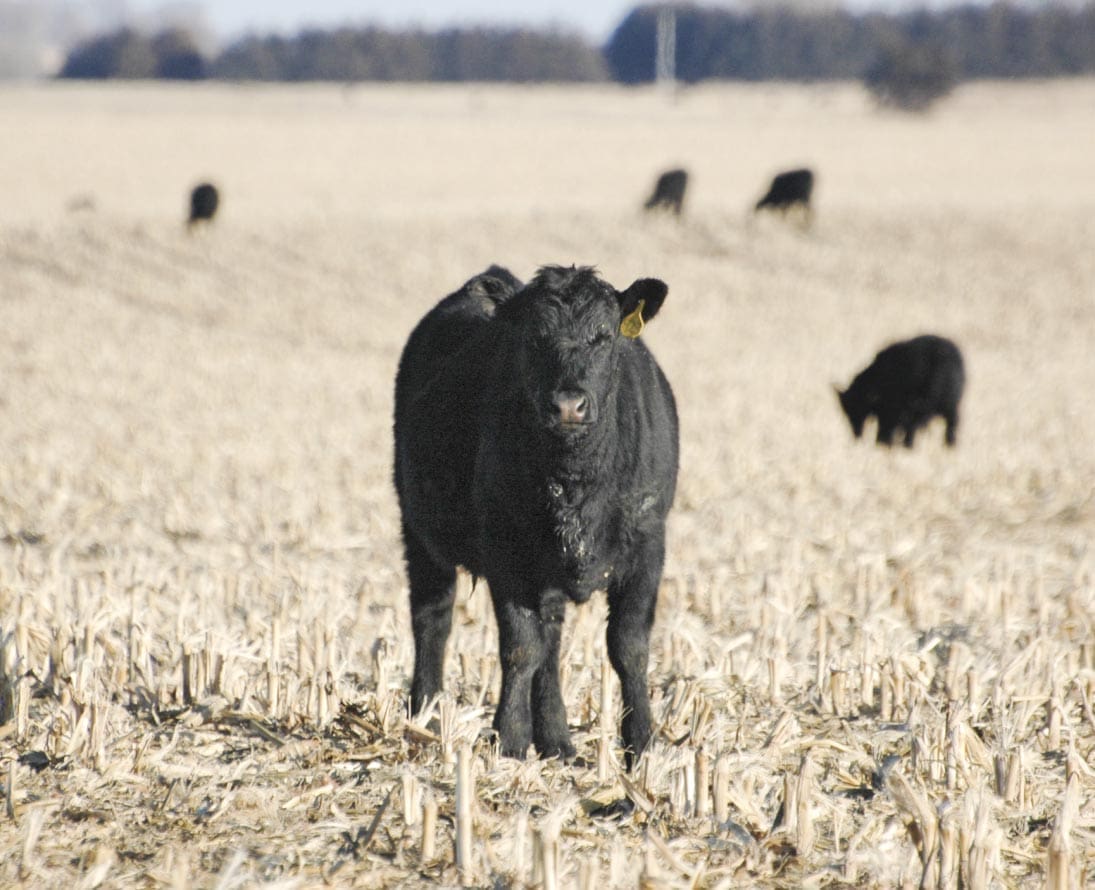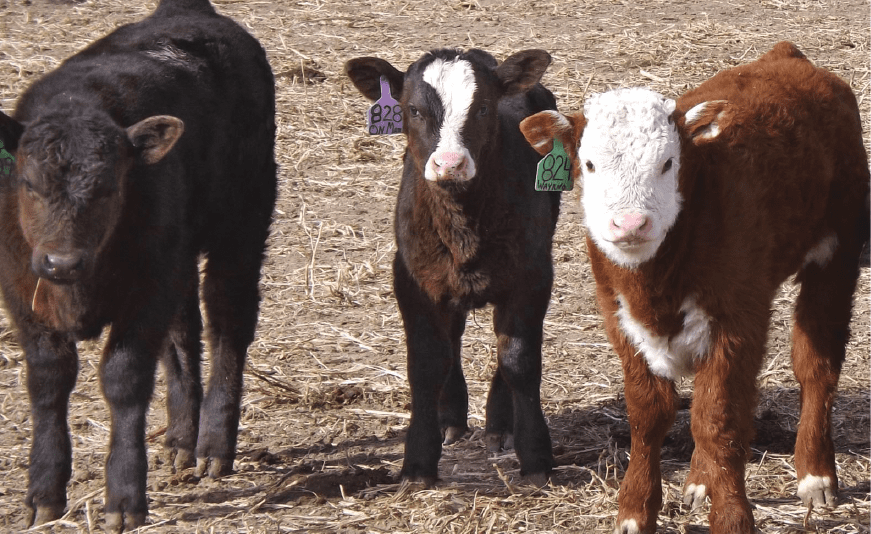

In the realm of livestock management, certain practices are both crucial and often misunderstood. One such practice is castrating bull calves in the beef industry.
I examined this in depth in a recent episode of “Doc Talk” where we focused on the why, when, and how castration plays a pivotal role in the well-being of these animals and the broader industry.
In this article, we will uncover the significance of this common procedure and the cutting-edge innovations transforming it.

In the beef industry, castrating bull calves is a standard practice in the United States and Canada.
Castration is done primarily to reduce undesirable behaviors in bulls, such as aggression and mounting, which can lead to injuries and stress when they are penned together.
Moreover, castration plays a significant role in improving carcass quality, enhancing tenderness, and making hide removal easier.
I believe that performing castrations early in life is positive for cattle health with no impacts on performance.
I frequently tell students, “The longer the testicles are attached to the bull, the more attached the bull becomes to the testicles.”
Amusing as this may sound, it is backed by research from multiple universities that shows castrating calves within their first week of life compared to castrating calves at the time of weaning has no adverse impact on performance.
Calves’ testicles must be producing testosterone to increase growth rate. Testosterone is not produced by the bull’s testicles until they hit puberty at eight to ten months of age.
We wean cattle at seven months of age, which dispels the notion that leaving bulls intact until weaning somehow fosters superior growth.

As evidenced by data from Superior Livestock Data presented by Merck Animal Health, producers get an increase in the price for those calves of up to $20 per hundred-weight when selling feeder calves from the ranch.
The premium is paid because delaying castration until the animals reach the feedlot can have dire consequences on feeder calf health.
Failing to castrate bulls prior to feedlot arrival subsequently increases calf stress levels, morbidity rates, and death losses.
Veterinarians have reported an increase in pull rates and death loss in bulls of 150 to 200% compared to cattle castrated prior to arrival at the feedlot.
As calves grow, different castration techniques become more suitable. For infant calves, the elastrator bander or surgical castration are favored choices.
The efficacy of elastrator banding in young calves has been further enhanced with the introduction of lidocaine-impregnated bands, which mitigate the pain.
As the calves mature, knife cutting and banding tools take center stage. With surgical castration, there are scalpels and Newberry knives to open the scrotum.
After incision, there are tools such as the emasculator and the Henderson Stone tool to remove the testicles and control hemorrhage.

While castration is a routine procedure, it is not without its fair share of challenges. Hemorrhage often complicates knife-cut castration.
If hemorrhage occurs, we pack the scrotum with gauze and then sew or band the bottom of the scrotum against the gauze to maintain pressure against the site of hemorrhage.
Just remember to go back in the next couple days and remove the band and gauze.
Blood occurs when we perform surgical castration. Preventing flies at the surgical site with a fly repellent is important to prevent infections.
For bloodless methods, precision in placing both testicles and vigilant monitoring of scrotum and testicle detachment prove essential.
Also, when banding, it is important to work with your veterinarian to prevent against tetanus in the calves.
With a growing emphasis on animal welfare in the beef industry, pain control during castration emerges as a critical concern.
Today, pain control at the time of surgical castration involves circumferential lidocaine injections around the neck of the scrotum and the spermatic cord of each testicle.
Waiting five to ten minutes for the lidocaine to provide relief provides its own set of challenges.
Since pain with banding does not present itself immediately like surgical castration, lidocaine injections are not recommended.
Recently, however, a new technology was released to solve this problem.
LidoBandTM is a new innovative elastrator band technology for young calves that weigh 250 pounds or less. These bands are impregnated with lidocaine.
When we band the calf, the lidocaine in the elastrator rubber band feeds to the site and decreases the pain. And so, now a bloodless technique has pain control properties.
While this is a new technology, it is exciting to better understand how the lidocaine delivered over time will prevent the pain of banding that calf, which then improves its suckling and calf performance.

Castration in the beef industry transcends the realms of routine; it embodies a critical facet of animal welfare and meat quality.
By executing castrations at the opportune moment and harnessing advanced techniques, the beef industry ensures both the welfare of its animals and the excellence of the products that grace our tables.
In an ever-evolving world of livestock management, staying informed about best practices and innovations is imperative to the ranchers and producers in the beef supply chain.

Dr. Dan U. Thomson is a third-generation bovine veterinarian from Clearfield, Iowa. Thomson is an owner/partner in PAC veterinary and research services which oversees the veterinary care, health and well-being for 20% of the U.S. cattle of feed. He is recognized internationally as a leader in animal welfare, beef cattle production, and cattle health management. Dr. Thomson’s research program has been granted over $35.3 million with $16.0 million of those funds coming with him as the primary investigator. Thomson is the founder and host of Doc Talk, a nationally aired beef cattle health veterinary show on television. He has hosted over 550 episodes of the show in its 11th season that reaches over 45 million homes world-wide. Dr. Dan is married to his wife Cindy. They have four daughters: Kelly, Katelyn, Tory, and Sarah. They enjoy hunting over bird dogs, fishing in southwest Iowa, and traveling.
Get all Doc Talk episodes straight to your email inbox!